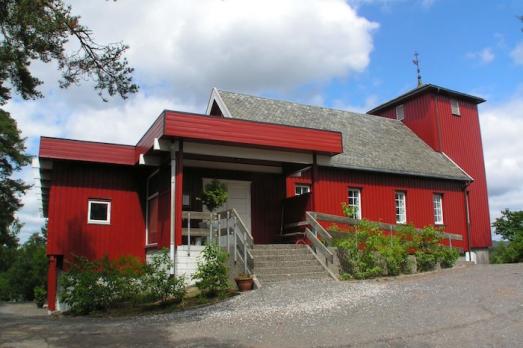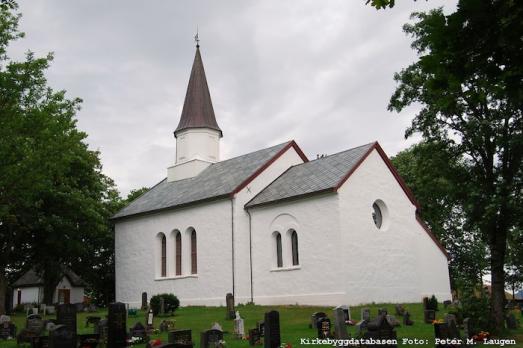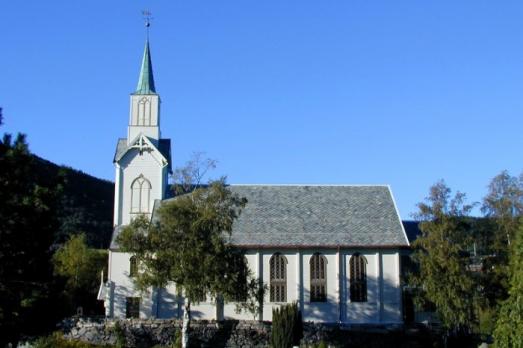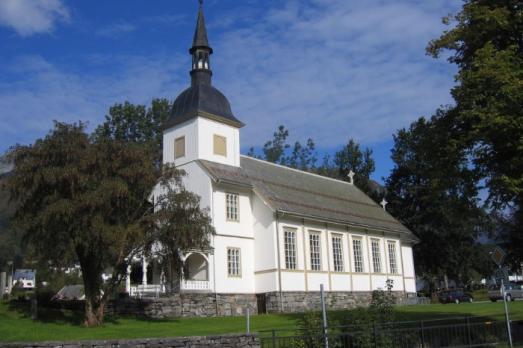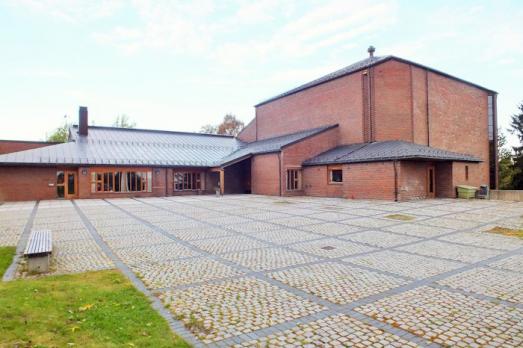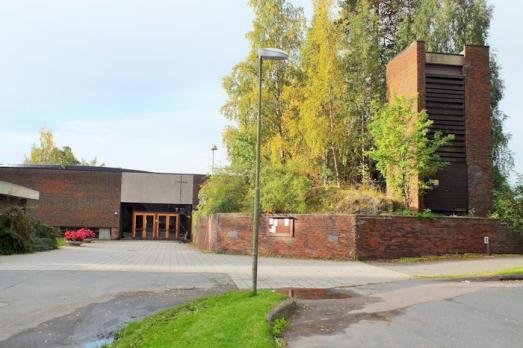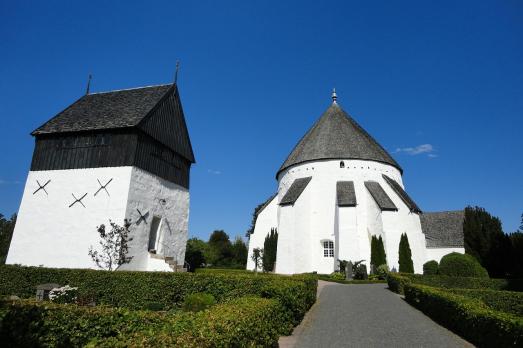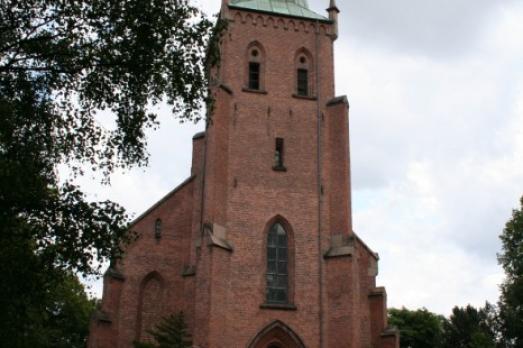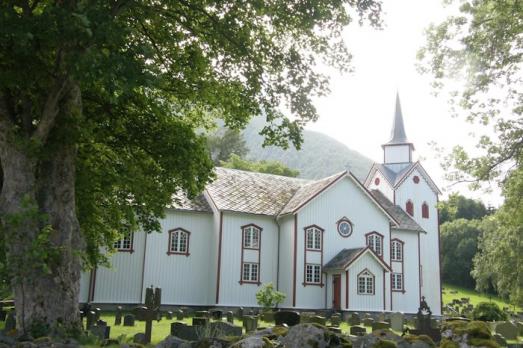
Øre kyrkje
Gjemnes, NO
The church in Øre was consecrated in 1865 and restored for its centenary in 1965. It is probably the third church on this ancient site. The oldest church was built here as early as the 14th century. The altarpiece is from 1906, painted by Marie Hauge.
